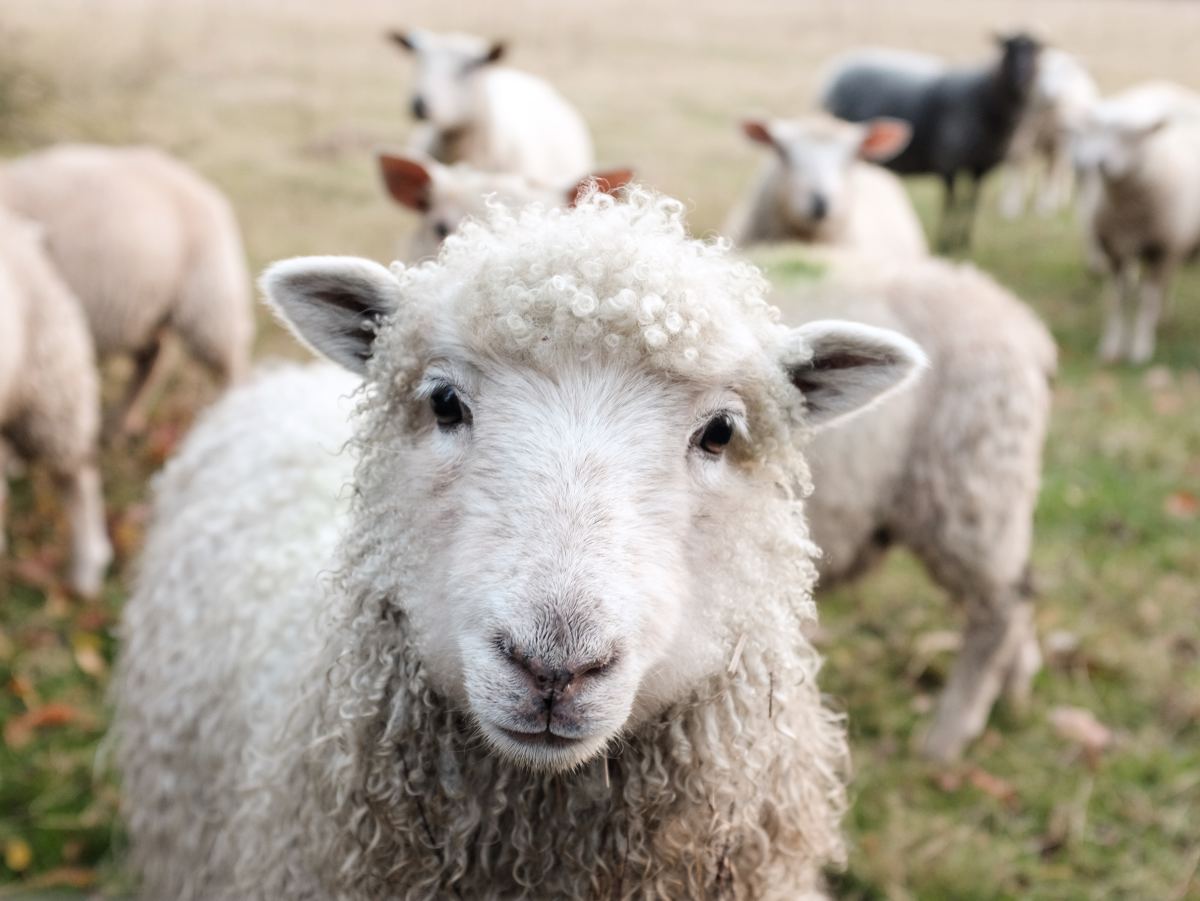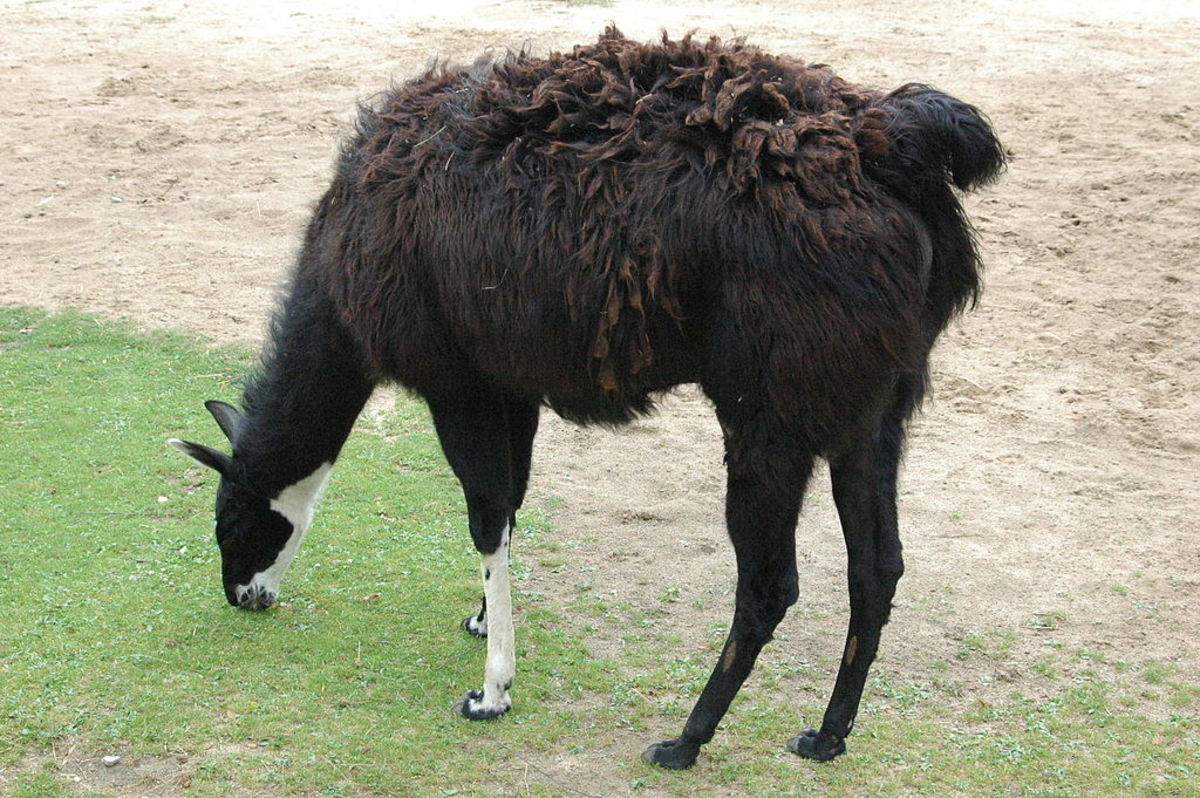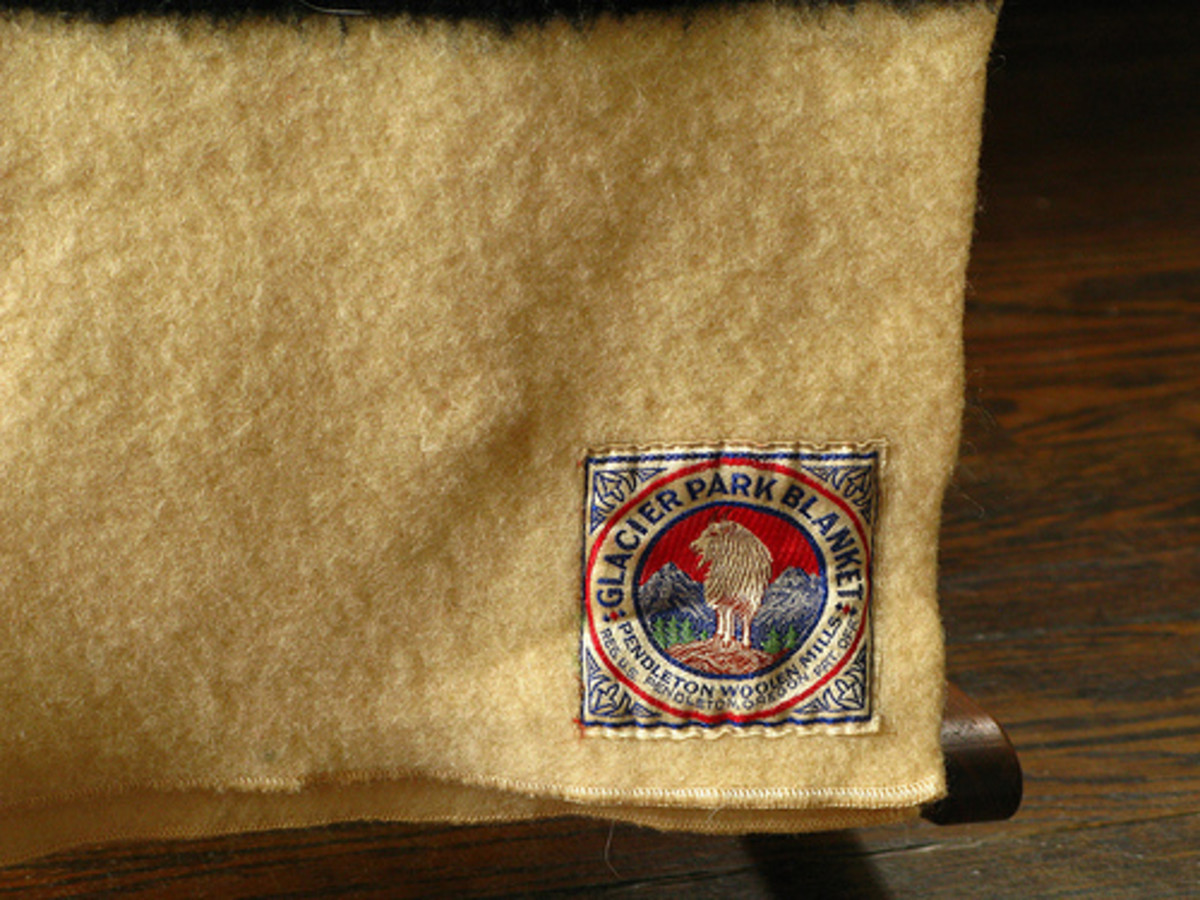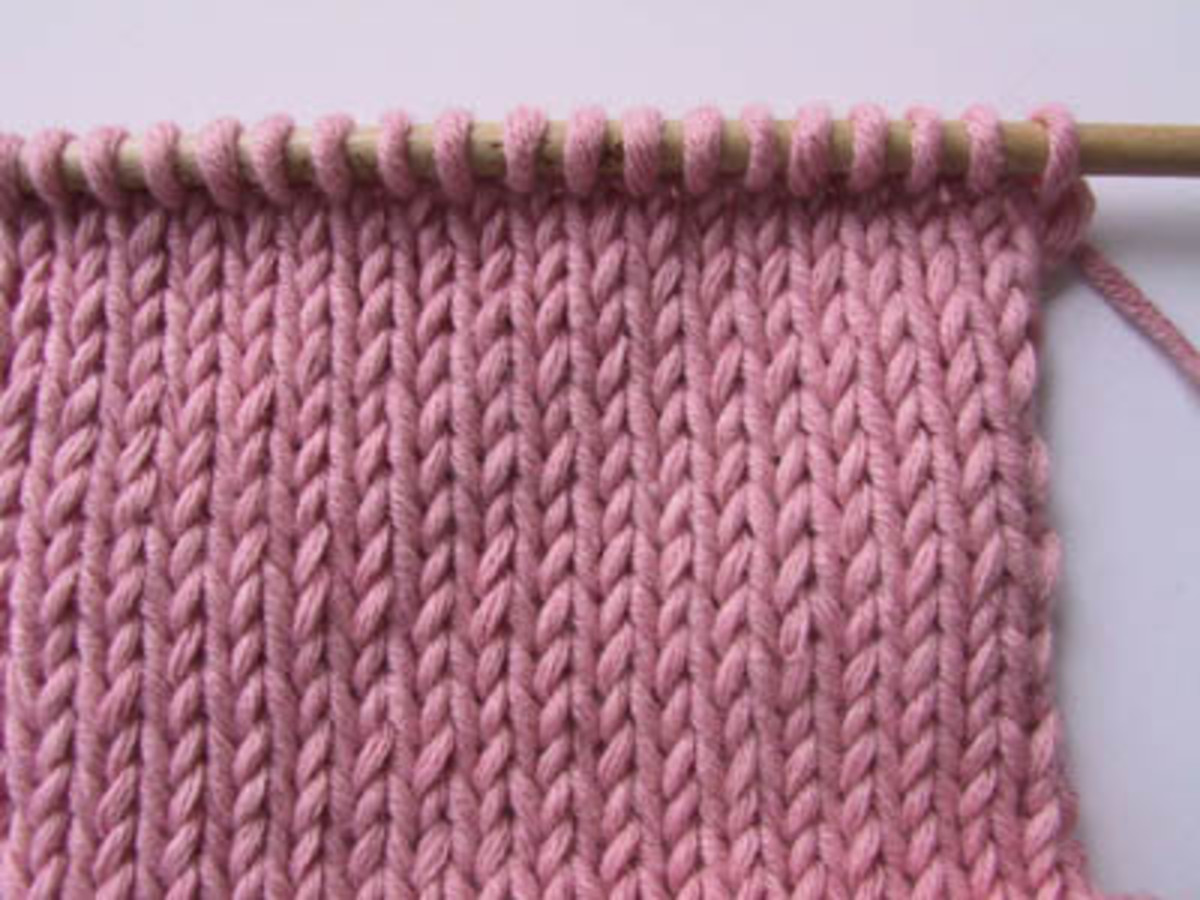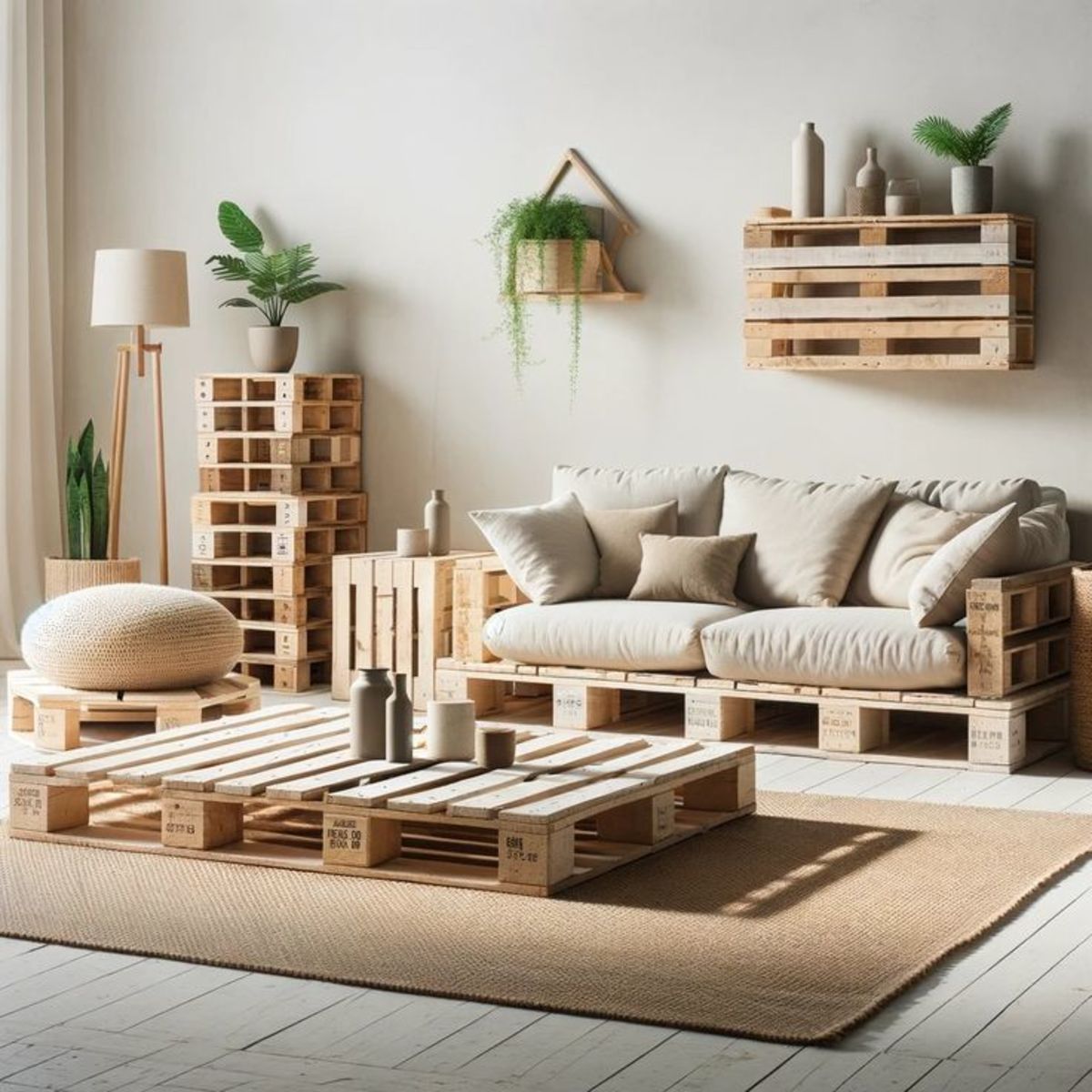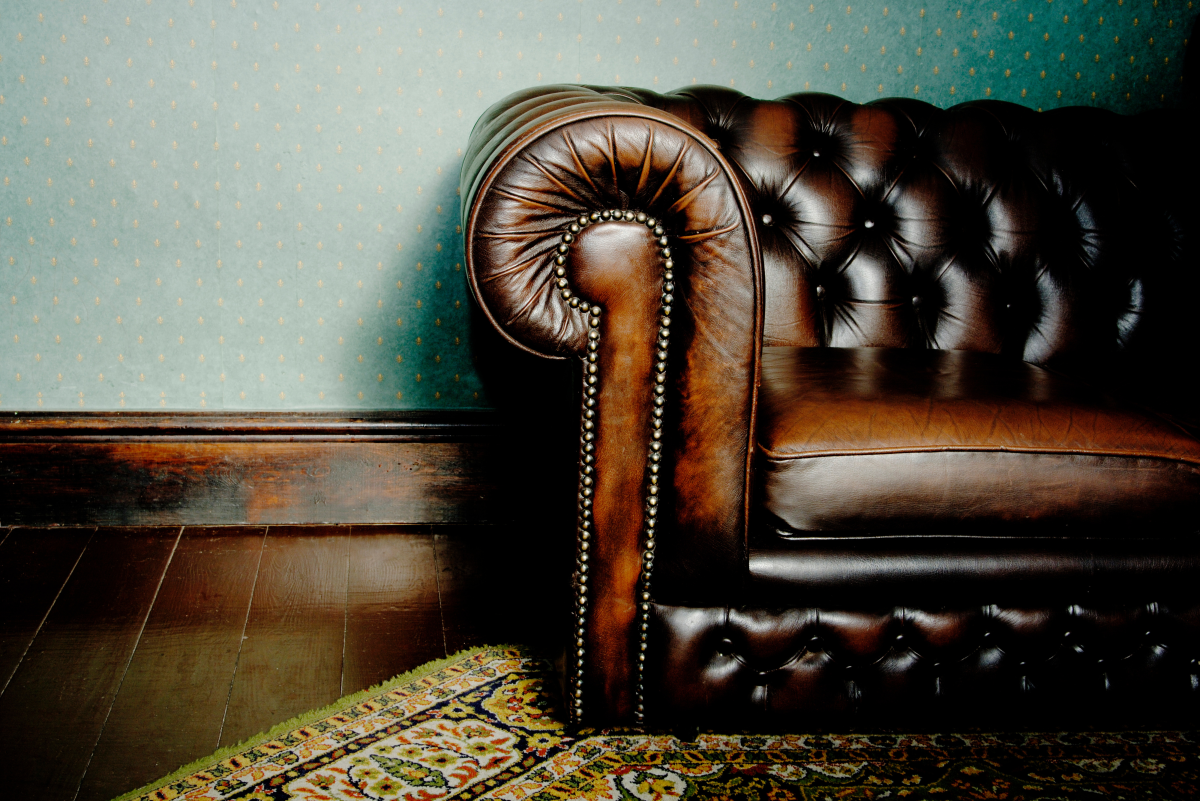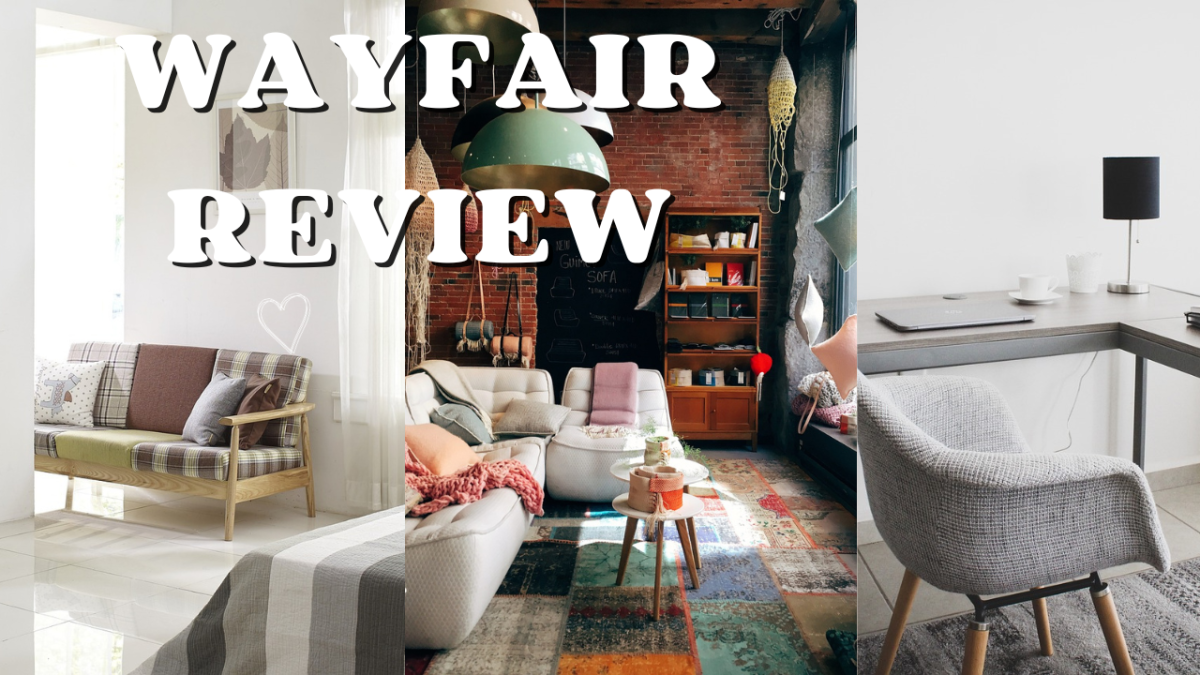The Healthy Benefits of Pure Wool Fabrics
The Textile Known as Wool
In my research for a warm wool blanket and a stylish wool coat, I found out many surprising benefits about using a pure wool fabric - such as wool's ability to reduce allergies in the home and its lack of flammability.
Further, merino wool is recommended as one of the preferred fabrics to use with baby sleep bags and caps. Merino wool has the ability to provide a year-round safe temperature because while it provides warmth, it captures and circulates the air, and prevents moisture from accumulating; it is also allergy safe. (Please see warning about fake fleece used in baby products - in the Note section)
However, finding 100 per cent wool in a coat or blanket, and luxuriating in its warmth, was not easy. This is because in my search for great deals, it turns out that most of the blankets and coats were not pure wool, they all had the man-made fabric known as nylon--at least 1/5 of the fabric, but often much more. Some have acrylic. Yet the ads all say 'wool' - reminding us once again that you have to read the whole ad if shopping on the internet, and read labels if shopping in person.
The research was worthwhile, anyway, as I learned some interesting facts about the healthy benefits of the textile known as wool.
Wool Benefits -
- absorbs humidity while remaining dry
- naturally contains lanolin which is a biologically active substance that is water resistant. (It is added to hair products, body lotions, and makeup).
- is extremely durable and hard-wearing (this is true of the fine wool suit I had made in Thailand - it is indestructible. I have sat and slept on airplanes for hours in my wool suit and still got off the plane looking pressed and cool - I've had the suit for years).
- it's breathable (which I need because fake fabrics cause me to become overheated which is dangerous in any season)
- has antibacterial properties
- is static resistant
- is highly flame resistant making it less likely to spark - which is why it is often used for rugs, bedding, and in garments created for firefighters, soldiers, and others who are in jobs that expose them to fire. Wool does not burn over a flame - it smolders. Our households are now filled with fake fabrics that are flammable. If they are treated to be fire retardant it is with toxic chemicals - making it a lose/lose situation.
- is resistant to dirt
- does not wrinkle easily (so true of that great black suit of mine)
- Using natural wool fabrics in the home helps reduces dust mites, upper respiratory tract infections, asthma, and skin diseases
- With little weight, wool naturally keeps you warm
- takes dye very well
NOTE: Wool from sheep is also known as fleece. Unfortunately, much of what is called fleece on the US market is actually made from polyester (which I have read is the most flammable of the synthetic fabrics), but manufacturers have been allowed to call it fleece for some strange reason. I suppose because it feels fleece-like. It is sold for adult wear but also for babies as clothes, blankets, and sleep sacks. Warning: California has a Proposition 65 - when polyester fleece is used for baby products, a warning has to be included with the product - this proposition warns consumers that the product contains chemicals known to cause cancer and birth defects. (This proposition, in effect since 1986, applies to many consumer products and it is a proposition worth reading)
USES - wool has been used for ages to make coats, sweaters, suits, other types of clothing and also blankets, rugs and carpeting.
A Bit of Wool History: It is believed that the art of spinning wool into yarn was known around 8000 BC when sheep became domesticated.
There are about 40 breeds of sheep producing 200 types of wool.
Some sheep live up in the mountains and are subjected to severe weather thus making their coats even thicker and warmer. Listed are two of these specialty wools, where they come from, and their benefits.
Merino Wool - the term originally meant it came from the wool of Merino sheep raised in Spain. But now it comes from both Australian and New Zealand sheep as well. Merino is excellent for regulating body temperature when worn against the skin, is moisture repellent which means it wicks perspiration from the skin, retains warmth when wet, thereby, preventing hypothermia, is very soft, and like most wools it has antibacterial properties which helps resists body odors caused by sweating - something synthetic fabrics are not known to do.
Cashmere - comes from the cashmere domestic goat living in mountains15,000 feet above sea level. The name comes from the old spelling of Kashmir in India. The fiber is also known as pashmina (the Persian word for wool - which is what those fabulous woolen shawls are called). Cashmere wool is dense but is so light it often must be blended with other wools. It provides light-weight insulation without bulk.
Mixed Wool in Coat Fabrics:
- I purchased a jacket advertised as wool and cashmere. It is actually made up of 60% new wool, 20% cashmere, and 20% nylon. It is lightweight and incredibly warm, but because of the nylon, if someone threw a match on me I don't know if I will go up in flames. Nylon, of course, is added to many wool items to reduce the cost. However, nylon is a synthetic fabric made from petroleum and takes a long time to degrade in landfills. Depending on which website you check, some say it does not degrade - which is why I hoped to avoid nylon and other synthetic fabrics.
Additionally, the introductions of synthetic fabrics into the home, e.g. in rugs, blankets, curtains, etc. are believed to be the cause of out-gassing and results in what wool prevents (listed above--allergies, upper respiratory problems, etc.).
On the internet you may now see coats described as 'wool blend' - it appears that they are only 50% wool. It is interesting to note that the ad will often NOT state wool/nylon blend - only the word wool is the leading word.
Wool Rugs - Wool rugs come is a variety of weaves such as berber , etc., - one popular type of wool rug is the Flokati, generally in a creamy white color - it has long fibers and is most often made in Greece.
Here's a life saving story about a wool Flokati rug - I met an elder who was on her way to Asheville, NC. She spends November to March with her aunt and uncle who are in their 90's. While her aunt and uncle have people looking out for them during the day, it was nights that were a concern during the long cold winter. Well, one night the electricity went out which meant the heating system too - she piled blankets on the couple but it just was not enough. Finally, she pulled the 9' x 12' Flokati rug from the floor and put it on them. It kept them toasty warm but without perspiration, since wool wicks away perspiration, allows air to circulate and provides genuine warmth.
Inheriting Wool?
There was a time wool items were considered something to pass on to your children or other family members. Wool items were not something to toss away, they were meant to last and be altered if necessary. One catalog, I used to get from Ireland, guaranteed all its wool coats and sweaters for life.
It is still possible to find 100 percent wool items, but expect to pay a bit more, especially if they are merino wool or cashmere. I think you will get your money's worth. I can look at a winter coat on someone and tell it has very little wool in it - they tend to wrinkle, not drape well, pill, look incredibly worn, and just not look as rich in color.
For other indoor healthy living suggestions please see the links below:
Happy Sheep
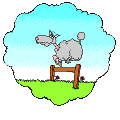
Healthy Indoor Environments
- Why You Should Never Use Vinyl Shower Curtains
Why shouldn't you use vinyl shower curtains? They are cheap, easy to find, and some may even be mildew-resistant. But they are also toxic. Vinyl (PVC - also known as polyvinyl chloride) shower curtains... - Detox Your Home Naturally, 7 Ways
Researchers now say indoor air can be 10 times more polluted than the air outdoors. This is due to the many toxic products we have in our homes, such as formaldehyde and benzene released from furniture,... - Detoxing Your Home with Salt Crystal Lamps
Does it really work? Based on my own personal experiences I can say that I am satisfied with results (see photo of my lamp). Described as an ancient healing remedy for practically everything that ails you;... - Is Your Toilet Paper Hurting You? Ow!
It all started innocently enough - my horror story. You just cannot run out of toilet paper - because it's just wrong. So one fine sunny day, on my way home, I knew all I had was what was hanging on the... - Are Low Energy Bulbs Harmful to Your Health?
Can low energy bulbs be harmful to your health? Yes, according to medical experts in the UK. While the bulbs are touted as requiring low energy and therefore lower costs to run, the issue of the high... - Using Zero VOC Red Paint in My Living Room
this came out even better than I expected Our homes are filled with products that are toxic, and one of the worst products is paint. Generally, the paint we use has VOCs - or volatile organic compounds. VOCs...

